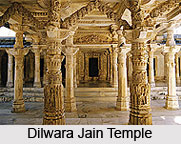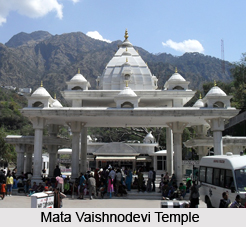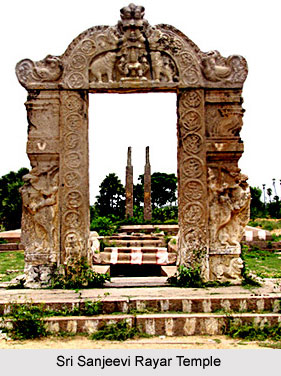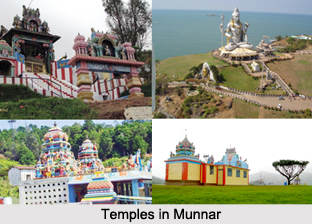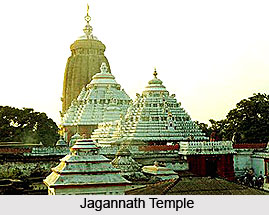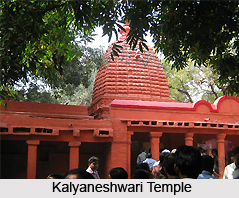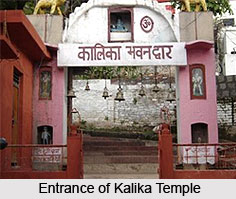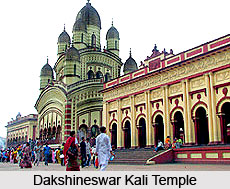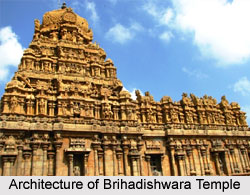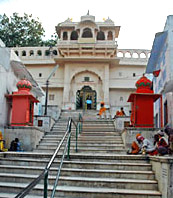 Nestled in the Pushkar Valley at Ajmer in Rajasthan, Brahma Temple is an important pilgrim center for the Hindus. This temple holds a special place in the heart of the Hindus because it is believed that Lord Brahma, together with all the gods and goddesses, performed a `Yagya` here.
Nestled in the Pushkar Valley at Ajmer in Rajasthan, Brahma Temple is an important pilgrim center for the Hindus. This temple holds a special place in the heart of the Hindus because it is believed that Lord Brahma, together with all the gods and goddesses, performed a `Yagya` here.
As per the legends, the city of Pushkar was created when Lord Brahma accidentally dropped his lotus flower on earth to slay a demon. The three spots where the petals of the lotus fell water appeared and formed three lakes in the middle of the desert. At the banks of the largest lake Brahma gathered the entire Hindu pantheon. Today the lake is considered one of the most revered religious sites in India. The Brahma Temple in Pushkar is the only one in the world. The water of the lake is said to have the power of purifying minds.
Brahma Temple in Pushkar dates back to the 14th century. Established on a high platform a flight of marble steps are there, leading to the sanctorum. Facing the sanctorum sits a silver tortoise. A fascinating feature of the Brahma Temple is that its floor is studded with coins. These have been placed by devotees to mark the birth or death of their loved ones. The walls of the temple are designed with the images of peacocks. The principal deity of Brahma is seen with four faces facing four directions and with four hands. There are several legends that are associated with the worship of Brahma, the Creator.
One such story says at a yagya where the gods gathered Lord Brahma had decided to marry Savitri but she was busy dressing for the ceremony and failed to show up on time. Without a wife, the Creator could not perform the yagya at the auspicious moment, so he had to find another consort. The only unmarried woman available was a shepherdess of the untouchable Gujar caste named Gayitri. The gods hastily purified her. When Savitri finally arrived, she was furious that Brahma had married someone else and cursed him saying that he would be worshipped only at Pushkar. She also declared that the Gujar caste would be liberated after death only if their ashes were scattered on Pushkar Lake.
Earlier it was customary for the Rajput rules to visit Pushkar on an annual pilgrimage. There the ceremony of Tuladan was performed. During this ceremony the king was to be seated on one side of the giant scales and on the other offerings in gold, silver, precious stones or costly fabric were made so that those would balance his weight. These gifts were later distributed amongst the Brahmins while a part of it was used for building temples on the banks of the lake.
According to Hindu religious traditions the Brahma Temple at Pushkar is one of the five essential pilgrimage centres along with Char Dham of Badrinath, Puri, Rameshwaram and Dwarka. Karthik Purnima is an important festival that is celebrated every year. Brahma Temple in Pushkar is accessible from Ajmer. This is the simplest route to drop in at the temple. It is also connected by road from Delhi, Jodhpur and Bikaner. Buses ply from Ajmer and Jaipur for Brahma Temple, Pushkar.












